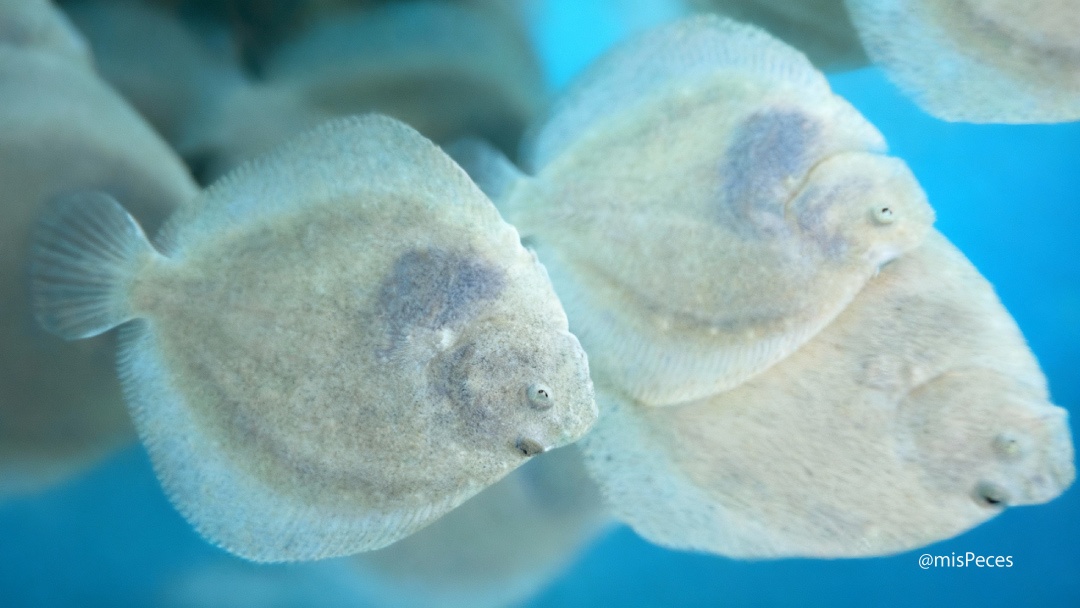
Turbot hatchery managers know that a well-managed metamorphosis is not merely a matter of morphology, but one of environmental precision and physiological balance. Scientific knowledge continues to refine this perspective, offering new evidence and an increasingly detailed roadmap to produce more robust juveniles and more efficient farming systems.
A recent study published in Epigenetic & Chromatin provides unprecedented insight into how DNA methylation regulates the key processes of metamorphosis, from eye migration to visual adaptation to the seabed. The work clearly identifies where and when larvae are most sensitive and points to concrete opportunities to optimise hatchery management.
The key lies in the so-called “metamorphic climax”, a stage traditionally regarded as fragile, but now revealed as a period of intense epigenetic reprogramming that determines the final quality of the juveniles. The researchers emphasise that this moment is strongly controlled by thyroid hormone, which triggers ocular reorganization and the definitive transition to benthic life.
These findings shift the focus towards environmental stability: abrupt fluctuations in temperature, lighting, or water quality can directly interfere with the molecular mechanisms that ensure proper metamorphosis. More precise management of these variables could lead to more homogeneous juveniles with improved performance during ongrowing.
The study also demonstrates that metamorphosis involves a profound adjustment of the visual system. Larvae, initially adapted to a pelagic environment, reconfigure their retina to orient themselves under low-light conditions. This transition toward scotopic vision occurs in parallel with key epigenetic changes, highlighting the importance of smooth, stable, and stock-free light management. Excessively strong or irregular lighting can interrupt this natural adjustment and compromise sensory development.
Another critical point is eye migration, a process that requires high activity of the ganglion cells in the migrating eye. The research suggests that any increase in stress-unnecessary handling, high stocking densities, or sudden movements - may disrupt this complex neurosensory development. Minimising handling during this biological window is essential to support a complete and balanced metamorphosis.
Beyond immediate management improvements, the study opens a promising pathway for the future: the potential use of epigenetic biomarkers as an early diagnostic tool. Although not yet available at commercial scale, methylation patterns could become early indicators of metamorphic success and help identify risks before they manifest clinically.
Reference:
Guerrero-Peña, L., Suarez-Bregua, P., Sánchez-Baizán, N., Piferrer, F., Tena, J.J., Rotllant, J., 2025. DNA methylation dynamics associated with visual system remodelling during flatfish metamorphosis. Epigenetics & Chromatin 18, 72. https://doi.org/10.1186/s13072-025-00638-x


